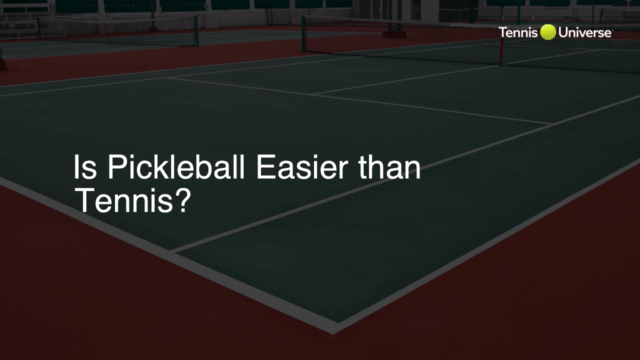The cost to restring a tennis racket typically ranges from $20 to $50, including both labor and materials. Factors that affect the pricing are string quality and choice, and the labor fees of the service provider.
Cost of Restringing a Tennis Racket
Restringing a tennis racket is an essential service that aims to maintain optimal performance and protect the integrity of your equipment. The cost typically ranges between $20 and $50, depending on various factors.
Factors Determining Cost
When determining the cost of restringing a tennis racket, two main factors come into play:
- String Quality and Choice
- Labor Fees
1. String Quality and Choice
The type and quality of strings used play an essential role in cost calculation. Synthetic strings tend to be more affordable but may not last as long, whereas natural gut strings provide superior performance and feel but come at a higher price. Additional options include multifilament, polyester, and hybrid strings, each with their own unique properties and price points.
2. Labor Fees
The labor fees associated with restringing a tennis racket vary depending on the service provider. Local tennis shops and specialized stringers may charge higher fees, while big retail shops or online services could offer competitive rates. It’s important to consider their expertise and turnaround time when making your choice.
Tips for Choosing the Right Strings and Service
To decide on the perfect string for your tennis racket, consider factors such as playing style, skill level, and personal preferences. Additionally, consulting a professional stringer can provide valuable insights based on your individual needs.
Frequency of Restringing a Tennis Racket
Knowing when to restring your tennis racket plays a crucial role in maintaining the quality of your shots and minimizing the risk of injuries. As a general rule, tennis players should restring their rackets according to the number of times they play per week. For example, if you play three times a week, consider restringing your racket every three months. However, this can vary depending on individual playing style, skill level, and string choice.
Tennis Tips: Identifying When to Restring
Being aware of the signs that indicate it’s time to restring your tennis racket can help you maintain an excellent level of performance. Here are some common signs to look for:
- Loss of tension: When strings lose their tension, shots tend to lose power and control.
- String wear: If you notice fraying or notching on the strings, it’s a sign that their life is coming to an end.
- Decreased performance: If you feel your shots are becoming less accurate or lacking power despite proper technique, this might indicate a need for restringing.
- Unusual vibrations: When your racket isn’t freshly strung, it may generate unusual vibrations during shots, causing discomfort and affecting play quality.
Customizing String Tension for Performance
Another critical aspect to consider when restringing your tennis racket is the appropriate string tension. The ideal tension will vary depending on each player’s performance goals and personal preferences. Here are some guidelines from professional stringers:
- Looser Strings: If you want more power and a better “trampoline effect,” opt for a lower string tension.
- Tighter Strings: If you prioritize control and precision, tighter strings will give you better overall command of the ball.
Regardless of your chosen tension, always consult with an experienced stringer for expert advice and essential tennis tips on customizing your racket’s performance.
FAQ Section
Here is a list of frequently asked questions regarding restringing tennis rackets. The answers provided are aimed to help clarify any doubts or concerns related to the content of this blog post.
How often should I restring my tennis racket?
As a general rule, restring your tennis racket as many times per year as you play per week. For example, if you play three times a week, restring every three months. However, this may vary based on individual factors like playing style, skill level, and string choice.
Which type of string should I choose?
Choose a string based on your playing style, skill level, and personal preferences. Synthetic strings are more affordable but less durable, while natural gut strings provide superior feel and performance at a higher cost. Other options include multifilament, polyester, and hybrid strings, each with their own properties and price points. Consult a professional stringer for personalized advice.
What is the difference between looser and tighter strings?
Looser strings provide more power and a greater “trampoline effect,” whereas tighter strings offer better control and precision. The ideal tension ultimately depends on your performance goals and personal preferences.
How can I tell if my tennis racket needs restringing?
Signs your racket needs restringing include loss of tension, visible string wear such as fraying or notching, decreased performance like less accurate or powerful shots, and unusual vibrations when hitting the ball.
Can I restring my tennis racket myself?
While it is possible to restring a tennis racket yourself, it requires practice, patience, and the proper equipment. However, for the best results and to avoid potential damage to your racket, it is recommended to use the services of an experienced professional stringer.











